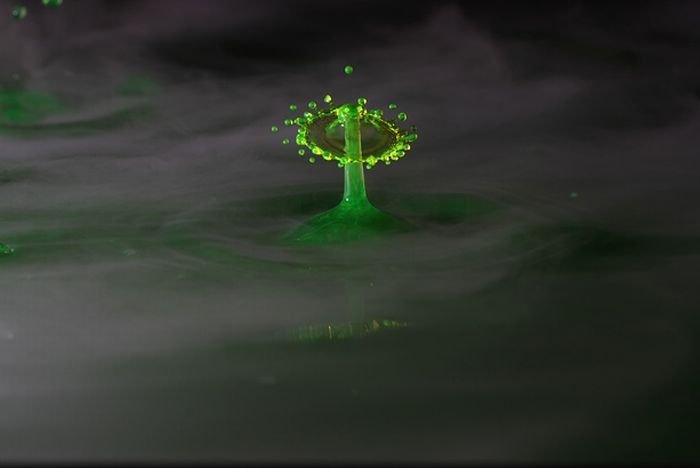|
|
High-speed Photographs By Lex Augusteijn
|
Bell Telephone Laboratories was one of the first customers for a camera developed by Eastman Kodak in the early 1930s. Bell used the system, which ran 16 mm film at 1000 frame/s and had a 100-foot (30 m) load capacity, to study relay bounce. When Kodak declined to develop a higher-speed version, Bell Labs developed it themselves, calling it the Fastax. The Fastax was capable of 5,000 frame/s. Bell eventually sold the camera design to Western Electric, who in turn sold it to the Wollensak Optical Company. Wollensak further improved the design to achieve 10,000 frame/s. Redlake Laboratories introduced another 16 mm rotating prism camera, the Hycam, in the early 1960s . Photo-Sonics developed several models of rotating prism camera capable of running 35 mm and 70 mm film in the 1960s. Visible Solutions introduced the Photec IV 16 mm camera in the 1980s.
The D. B. Milliken company developed an intermittent, pin-registered, 16 mm camera for speeds of 400 frame/s in 1957. Mitchell, Redlake Laboratories, and Photo-Sonics eventually followed in the 1960s with a variety of 16, 35, and 70 mm intermittent cameras.
Harold Edgerton is generally credited with pioneering the use of the stroboscope to freeze fast motion. He eventually helped found EG&G, which used some of Edgerton's methods to capture the physics of explosions required to detonate nuclear weapons. See, for example, the photograph of an explosion using a Rapatronic camera.
|
|









